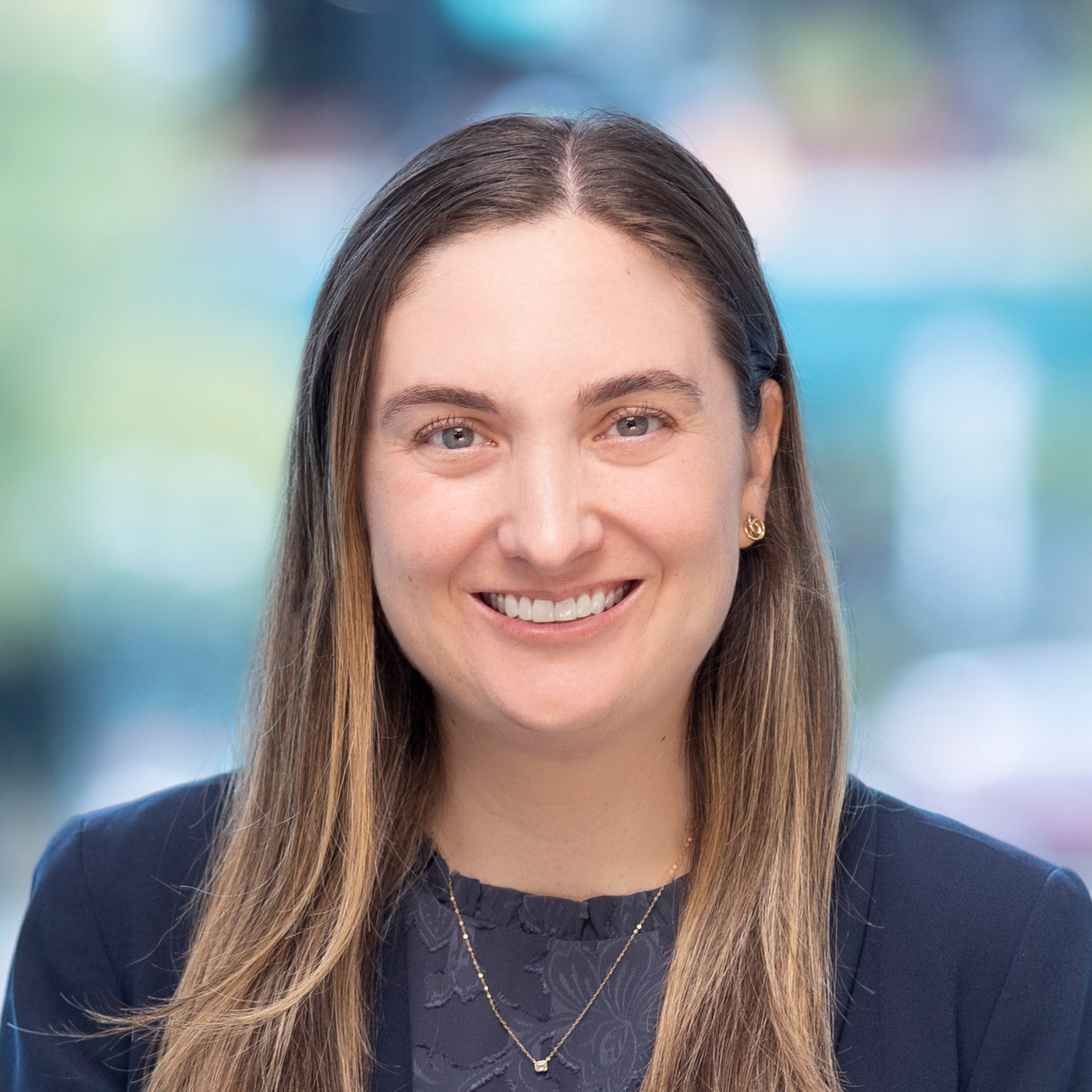Client Alert: Updates to FHA Mortgage Servicing



BRG is home to renowned thought leaders and experts considered authorities in their fields of work. Our timely research and perspectives provide analysis and insights on the most important issues facing the industries and organizations we serve.
The Federal Housing Administration (FHA) issued updated regulatory guidance in Mortgagee Letter (ML) 2025-12, “Tightening and Expediting Implementation of the New Permanent Loss Mitigation Options,” in April 2025, marking a pivotal shift in how mortgage servicers must manage borrower defaults and retention strategies. This ML introduces significant updates to FHA’s loss mitigation framework, such as the sunset of COVID-19 era programs and FHA-Home Affordable Modification Program Options (FHA-HAMP), introduction of new loss mitigation options, a limit on early payment of trial payment plans (TPPs), a 24-month limit on permanent loss mitigation eligibility, and removal of language accessibility requirements. The deadline to implement these changes was October 1, 2025.
Sunset of COVID-19 Era Programs and FHA-HAMP
The updated guidance states the COVID-19 Advance Loan Modification (ALM), COVID-19 Recovery Options, and FHA-HAMP expired on September 30, 2025, and final documents may not be sent after this date.[1] This means the servicer should not offer the borrower COVID-19 or FHA-HAMP–related programs beginning October 1 and must migrate to the new loss mitigation waterfall. However, servicers face challenges regarding the strict cutoff date of the change, as borrowers who qualified for a retired option and were not sent final documents in time will no longer be eligible. Servicers must come up with a solution for borrowers who are “in-flight” of the loss mitigation process as of October 1.
Outside of the Waterfall Loan Modifications (OWL)
An OWL modification “is a permanent change in one or more terms of a Borrower’s Mortgage that achieves a minimum reduction to the Borrower’s monthly Principal & Interest (P&I) payment where the Borrower has been unresponsive.”[2] The terms of an OWL include the market rate resulting in at least a $1.00 reduction to the P&I portion of the borrower’s monthly mortgage payment as of the OWL’s effective date, the modified mortgage being a fixed-rate mortgage, full reinstatement of the mortgage, and only capitalizing certain arrearages. The purpose of this option is to offer borrowers an opportunity to receive loss mitigation in a simplified and accelerated manner. Servicers will face challenges integrating this new loss mitigation option, as well as the new overall FHA waterfall, into their existing loss mitigation waterfall calculations, borrower correspondence, and associated policies and procedures.
15-Day Early Payment Limit for Trial Payment Plans
The updated trial payment terms limit early payment of a TPP to no more than 15 days before each due date. FHA’s goal is to ensure the borrower can demonstrate a sustained ability to make the new monthly mortgage payment. However, this limit creates logistical challenges for servicers that historically have been willing to accept early payment of TPPs and will need to re-train their call agents to decline payment. This also creates challenges when servicers need to return cash received by mail to the borrower.
24-Month Limit on Permanent Loss Mitigation Eligibility
As of October 1, borrowers cannot receive more than one permanent home-retention option in a 24-month period, except in cases where natural disasters have occurred.[3] This policy shift is designed to promote timely and decisive intervention, reducing the cycle of repeated assistance and re-default. It does not include temporary loss mitigation options, such as Special Forbearance. A similar limit of 18 months had existed, so servicers should have the mechanics in place to execute this change but will need to update their processes to reflect the 24-month period.
Removal of Language-Preference Disclosure
Servicers are no longer required to provide the “Notice of Language Access” or collect borrower language preferences. ML 2025-06 added the requirement earlier this year, but it never went into effect.[4]
Recommendations
Servicers should update their loss mitigation waterfall by discontinuing legacy options, update policies and procedures, train staff on the new guidelines, and communicate changes to borrowers when necessary. This includes the removal of expired options from and addition of new options to servicing platforms, scripts, and borrower communications. It is imperative to properly train personnel, including call center agents, on the changes to avoid miscommunication to borrowers.
Similarly, systems should be reconfigured to reflect the updated loss mitigation waterfall, eligibility criteria, and documentation requirements. Automation should be adjusted to ensure timely evaluation and offer of the new options.
How BRG can Help
BRG can play a pivotal role in helping mortgage servicers navigate the regulatory shifts outlined in ML 2025-12. BRG experts can decode the nuances of the ML, translating FHA’s guidance into actionable compliance strategies tailored to each servicer’s portfolio and operational model. Additionally, BRG can help redesign servicing workflows to align with the new waterfall logic, create and execute quality-control testing programs to ensure compliance with the new requirements, and develop and deliver customized training programs for servicing teams. BRG’s blend of regulatory expertise, operational insight, and technical acumen makes us a valuable partner during this transition.
For more information, please contact Paul Noring (PNoring@thinkbrg.com), Lindsay Potter (LPotter@thinkbrg.com), or Kaitlyn Tomasiewicz (KTomasiewicz@thinkbrg.com).
Notes
[1] ML 2025-12, p. 60.
[2] ML 2025-12, p. 97.
[3] ML 2025-12, p. 66.
[4] ML 2025-06, p. 2.
Related Professionals
Related Industries


Prepare for what's next.
ThinkSet magazine, a BRG publication, provides nuanced, multifaceted thinking and expert guidance that help today’s business leaders adopt a more strategic, long-term mindset to prepare for what’s next.

